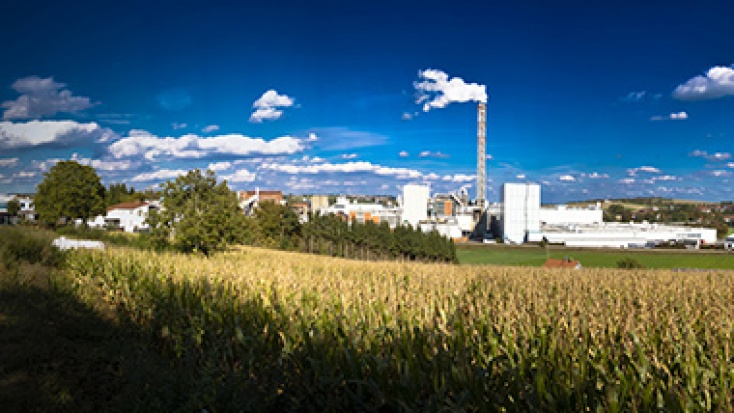
Climate matters to our customers and consumers around the world because they want to minimise their carbon footprint. It matters to Sappi because our business depends on renewable woodfibre which has already been negatively by climate change. By heightening our focus on climate-smart solutions, we look to increase our contribution to building a resilient, thriving world. We’re doing so in a number of different ways.
A finely tuned response
150 years of intensive coal mining in South Africa has produced about a billion tons of discarded thermal-grade coal fines. Once discarded, these sulphur-containing ultra-fines cause health problems. They can also contribute to several environmental problems, emitting greenhouse gases as they decompose.
To utilise this energy source, we have constructed a small fuel rod manufacturing plant at Ngodwana Mill. The fuel rods comprise a mixture of coal slurry, biomass and Sappi’s lignin-based binder, which can be used as a coal replacement. Initial fuel rod test results are positive and could lead to reduced greenhouse gas emissions when compared to low-grade coal. The fuel rods are currently being tested in one of Sappi’s boilers at Tugela Mill. If the test results are positive, the demonstration facility at Ngodwana Mill will be upgraded.
Lignosulphonates are a byproduct of the pulping process.

A calculated look at carbon
Sappi North America (SNA)’s online GHG calculator helps allay concerns about carbon. It enables our salesforce and customers to calculate the carbon savings achieved by buying graphic and packaging products from SNA. It also provides indisputable evidence of the superior carbon footprint of SNA’s products when compared with the competition. The calculator is available to subscribers to SNA's e-commerce portal.
The product mix at Ehingen Mill in Germany has changed in recent years to enhance the focus on speciality paper. The revised product mix led to decreased levels of pulp integration as higher levels of market pulp had to be used due to the specific pulp qualities required. However, a mill project team drawn from many different disciplines succeeded in finding the right processes, recipes and grade structure that made it possible to increase the level integration from 73.4% to 77.3%.
This reduced the mill’s dependency on purchasing market pulp and delivered a range of positive environmental impacts through avoided transport, reduced refining, and use of never-dried own pulp. This corresponded to savings of 4.273 tons of steam, 553 MWh electricity and 500 tons of carbon dioxide (CO2).


















